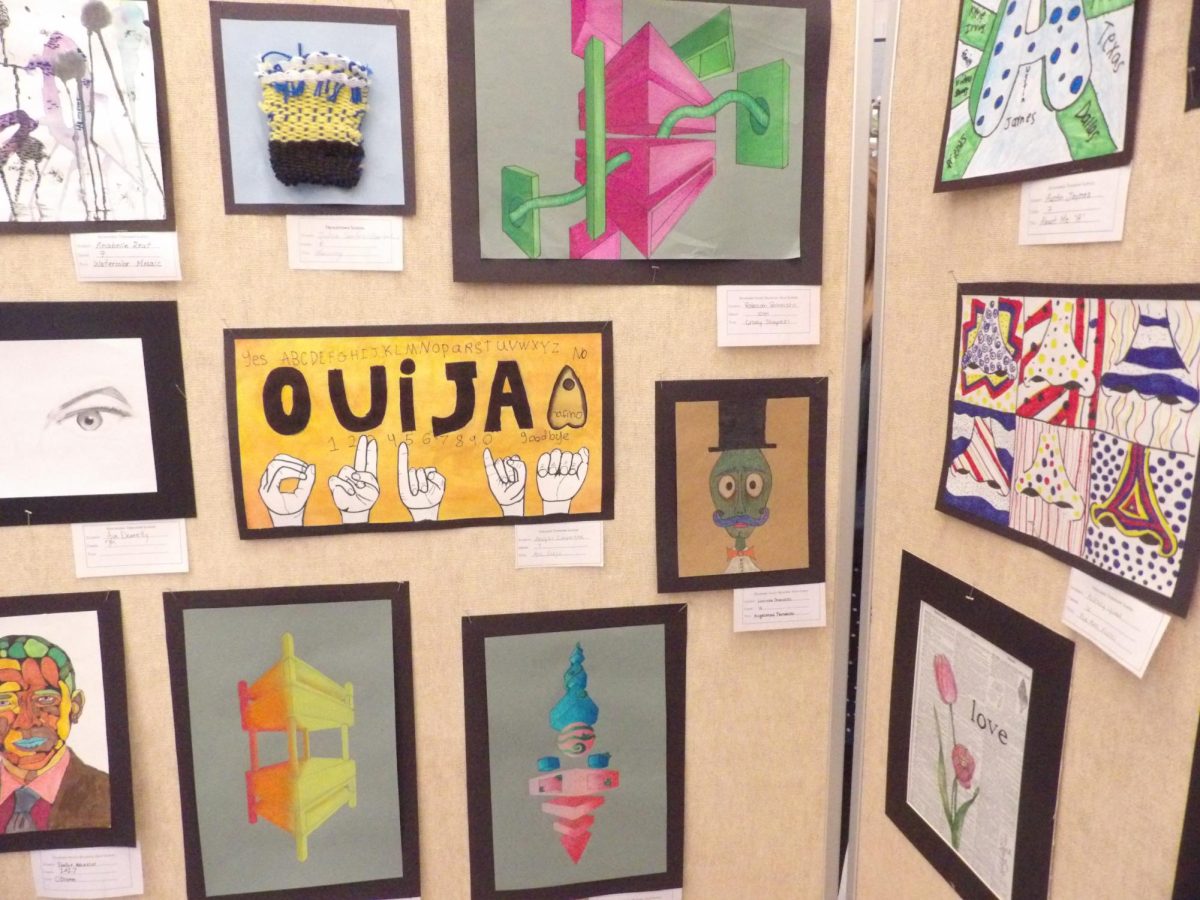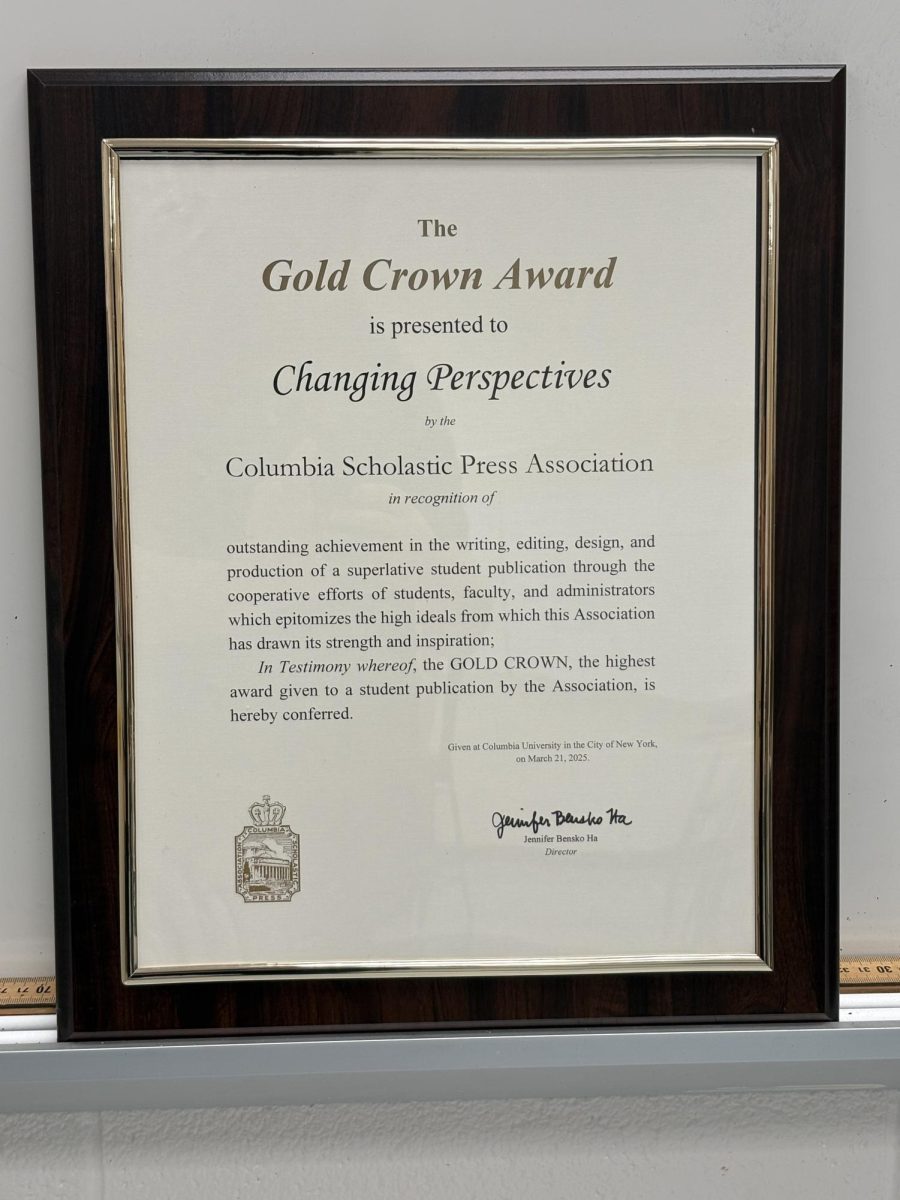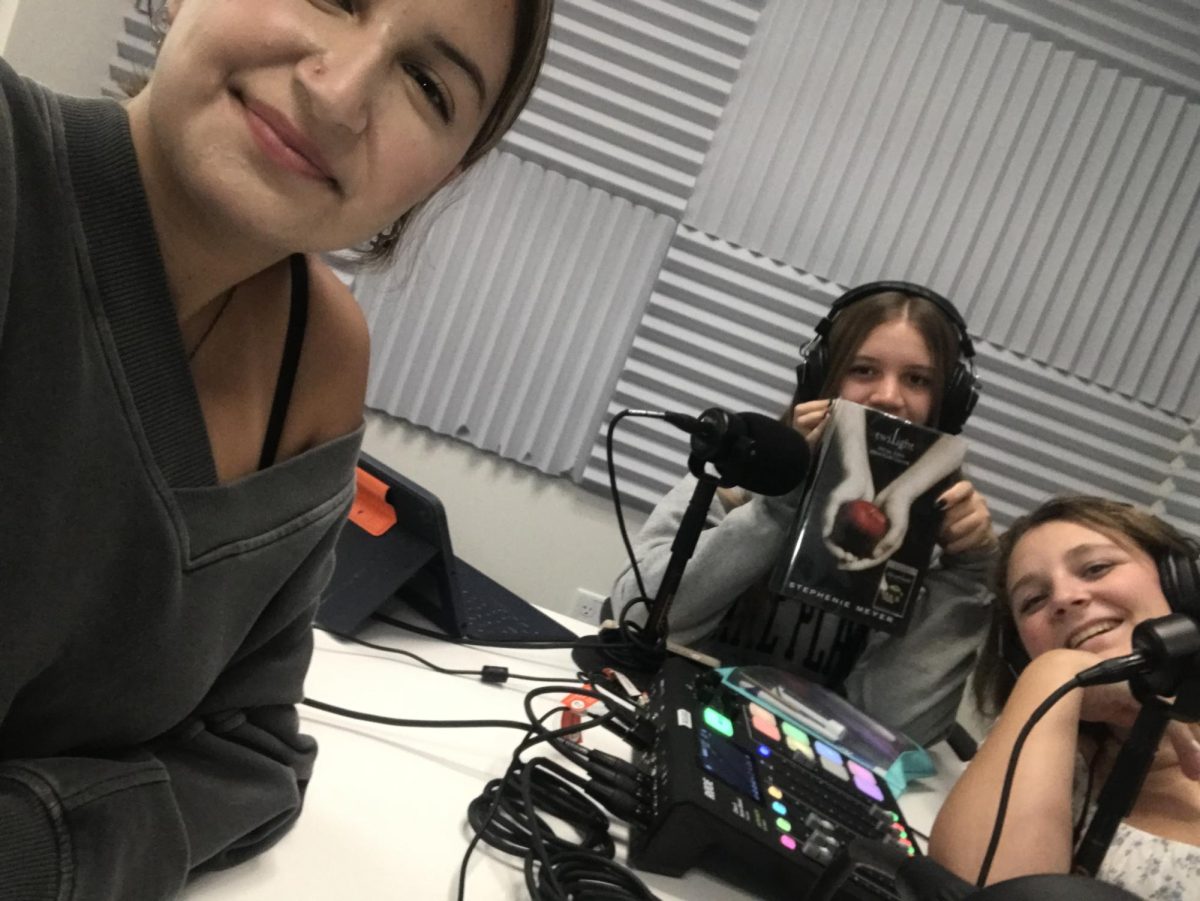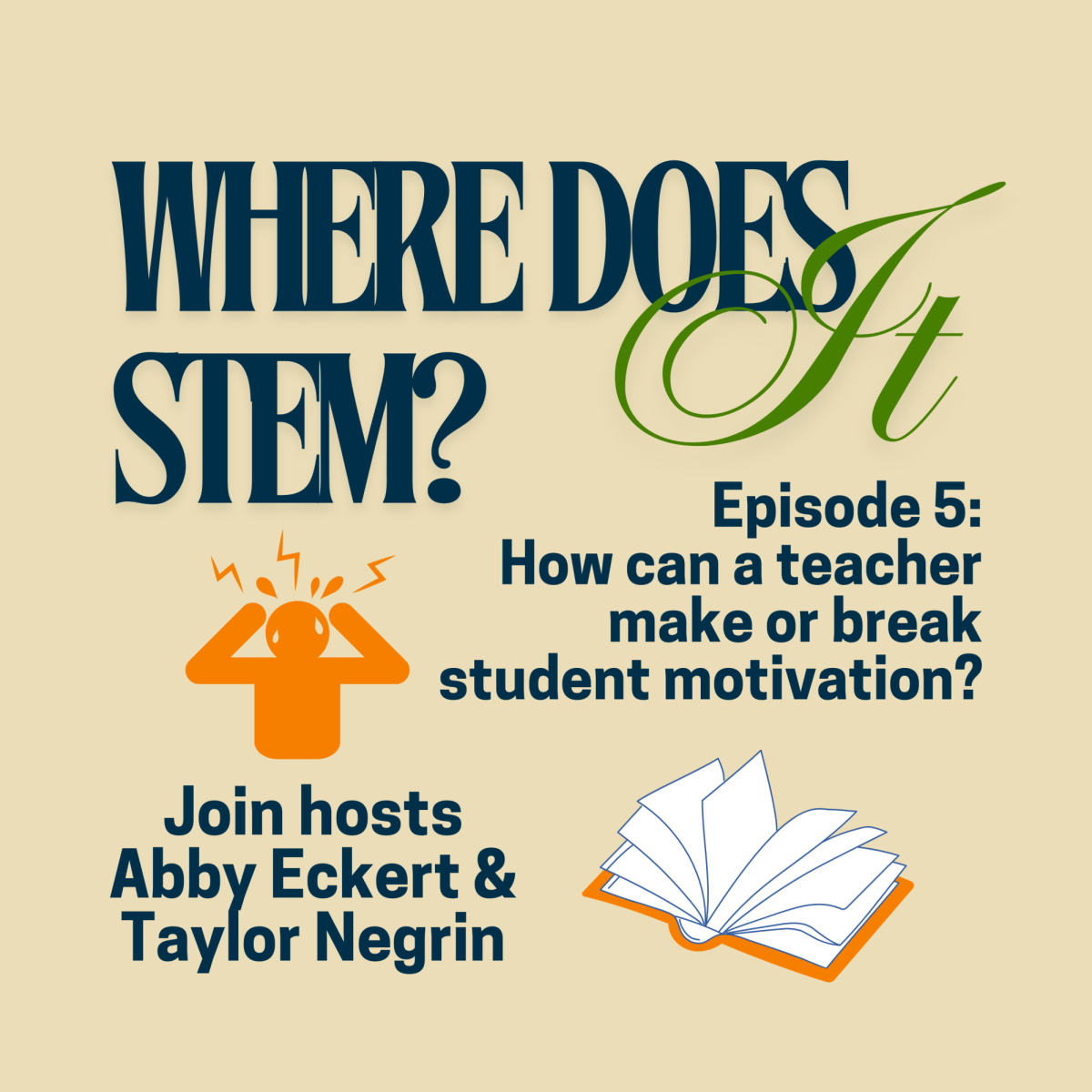In 2020, during the COVID-19 pandemic, online learning became the norm for students and teachers.
There are pros and cons to both virtual and in-person school, but in-person school is the better option.
A pro of in-person school, for students and educators alike, is the socialization and face-to-face engagement. Many people like to hang out with friends and be able to talk and work things out with their teachers. Also, it can be easier for teachers to spot when students are struggling or falling behind.
Teachers have control and stronger focus from students in school. While students are at home, they can be in bed with their phones or other distractions, but while at school, teachers can better monitor what students are doing.
However, in-person learning is not as flexible. If in-person students need extra help outside of class, they have a limited time during the school day, and if they were to need more help outside of school, it would be a challenge. Virtual learning students and teachers can meet whenever works best for them, without having to worry about rides or activities.
Another con is the increased exposure to illness. Certain students may be immunocompromised which can make it easier for them to get sick. Students may also be living with a family member at an increased risk.
This was true for one Del Val student, Lilly Fleming.
“During COVID, I had to do virtual for my mom’s health, but that truly affected my mental health,” Fleming said. “Going back to school really helped me because I was able to make more friends and try new activities that led me to said new friends.”
Just like there are pros and cons to in-person school, they also exist for virtual learning.
Virtual learning allows students and parents to learn on the go without having to worry about scheduling things around school. This can be good for students who participate in sports and travel for different events.
As well as the flexibility, the time-saving aspect is helpful for many.
With virtual learning, students are not spending possibly an hour on the bus to attend school. They can sleep in later and don’t have to rush out the door to catch the bus.
Parents also no longer have to drive their child to school, if taking the bus is not an option, which can save them time in their commutes to work.
With virtual learning, many students are in a distracting work environment, and teachers are no longer able to monitor if students are truly focusing on the lesson.
Another con is the loneliness of virtual school. Students are now isolated from their peers and teachers, giving little to no real-life contact. For some students, this could play a negative role in their mental health. Del Val freshman Samantha Calabro experienced this firsthand during the pandemic.
“During COVID, I was in a really bad place and felt really alone, then slowly I started connecting with friends over the years and I’ve never felt better,” Calabro said. “It feels nice to feel like myself again and I’ve become a better version of myself.”
Both sides have pros and cons to them, however being able to attend in-person school is preferable to much of Del Val’s population.
“At the time of COVID, I really enjoyed virtual learning, but over time, I became lonely, and really missed my friends,” Del Val freshman Charlotte Lilly said. “Since I’ve been back in school, I’ve been happier than ever seeing my friends every day, so I definitely like it in-person more.”













































































